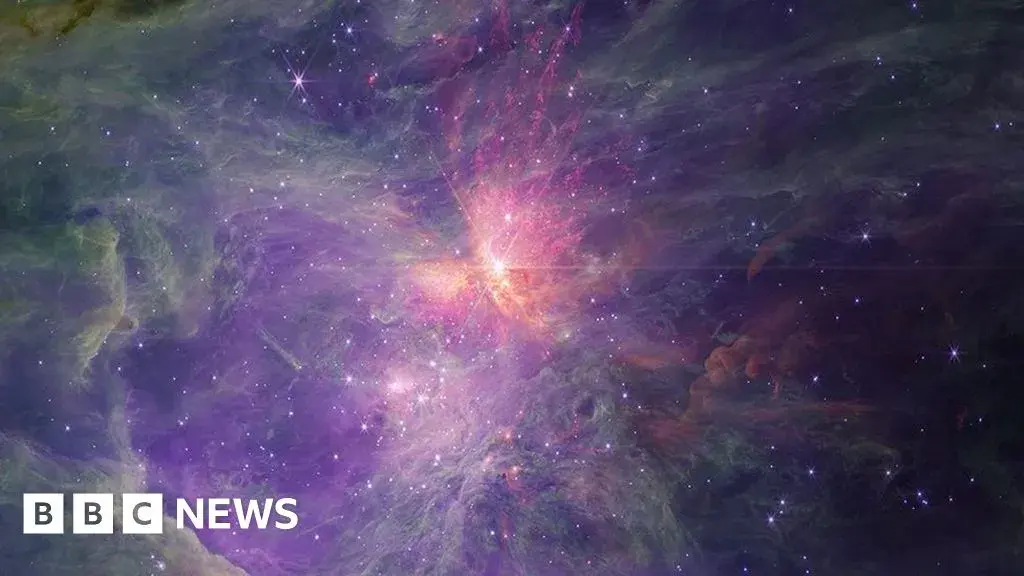By Jonathan Amos Science correspondent
Jupiter-sized “planets” free-floating in space, unconnected to any star, have been spotted by the James Webb Space Telescope (JWST).
What’s intriguing about the discovery is that these objects appear to be moving in pairs. Astronomers are currently struggling to explain them.
The telescope observed about 40 pairs in a fabulously detailed new survey of the famous Orion Nebula.
🤖 I’m a bot that provides automatic summaries for articles:
Click here to see the summary
One possibility is that these objects grew out of regions in the nebula where the density of material was insufficient to make fully fledged stars.
"Gas physics suggests you shouldn’t be able to make objects with the mass of Jupiter on their own, and we know single planets can get kicked out from star systems.
It’s one for the theoreticians," the European Space Agency’s (Esa) senior science adviser told BBC News.
Along with the quartet of bright suns at its centre called the Trapezium, this region of space is visible to the naked eye as a smudge on the sky.
To give a sense of scale, it would take a spaceship travelling at light speed a little over four years to traverse the entire scene.
Look at the longer wavelength version to examine the sculpted green clouds of gas that contain polycyclic aromatic hydrocarbons.
Saved 81% of original text.


